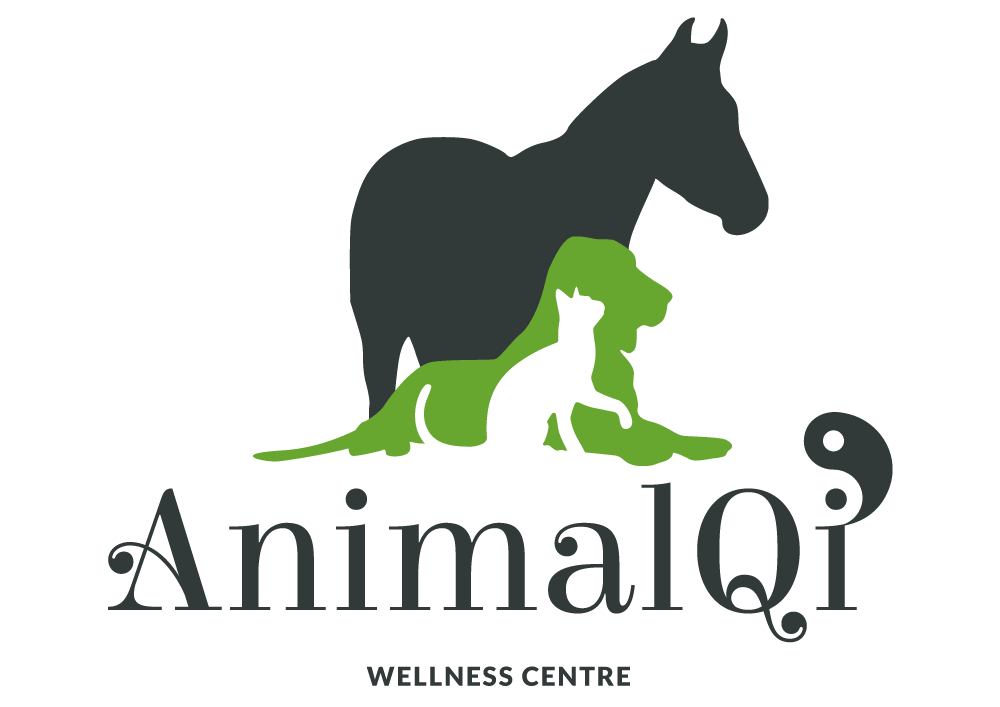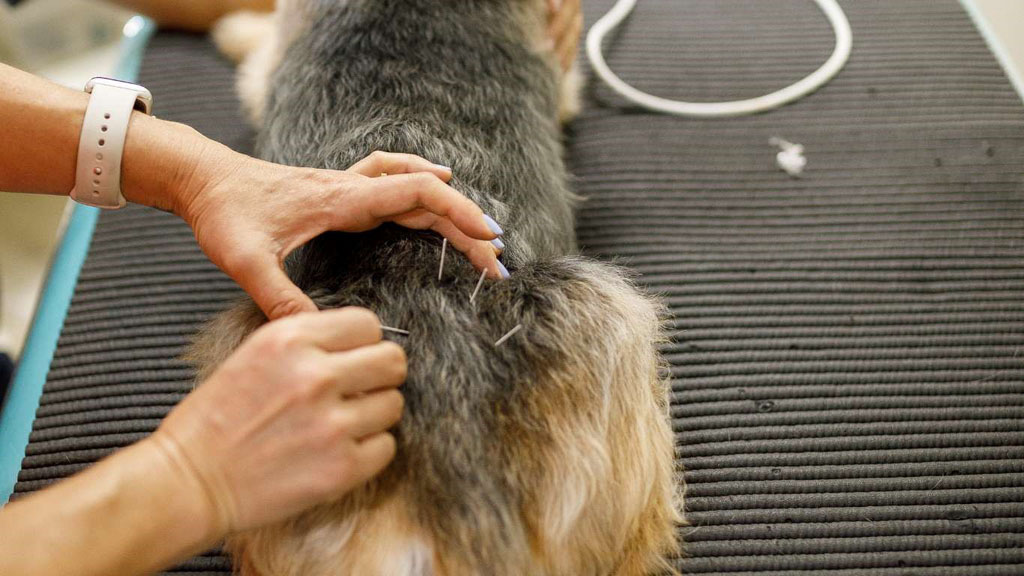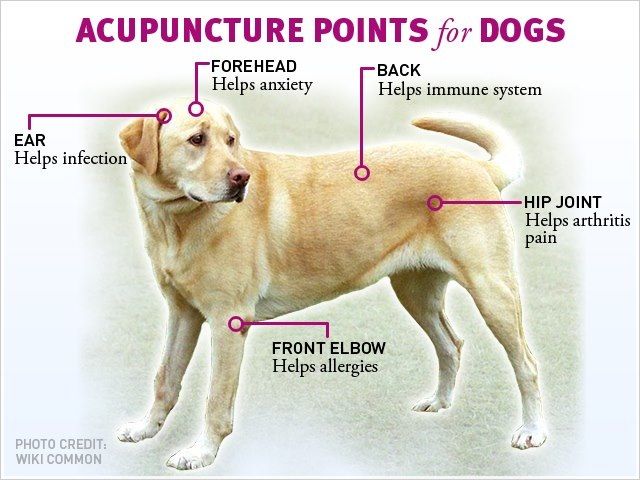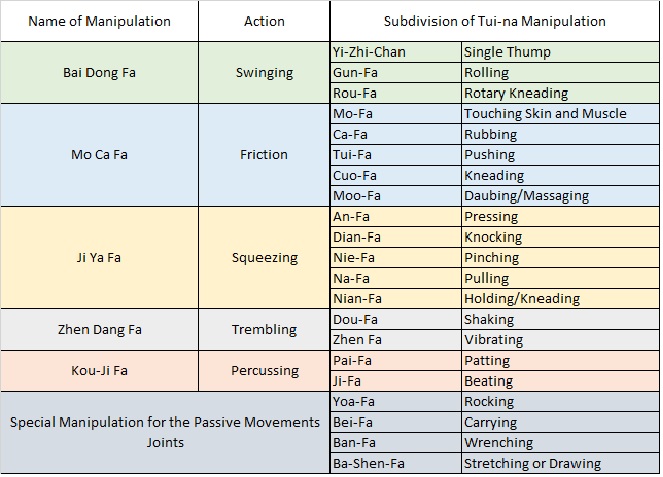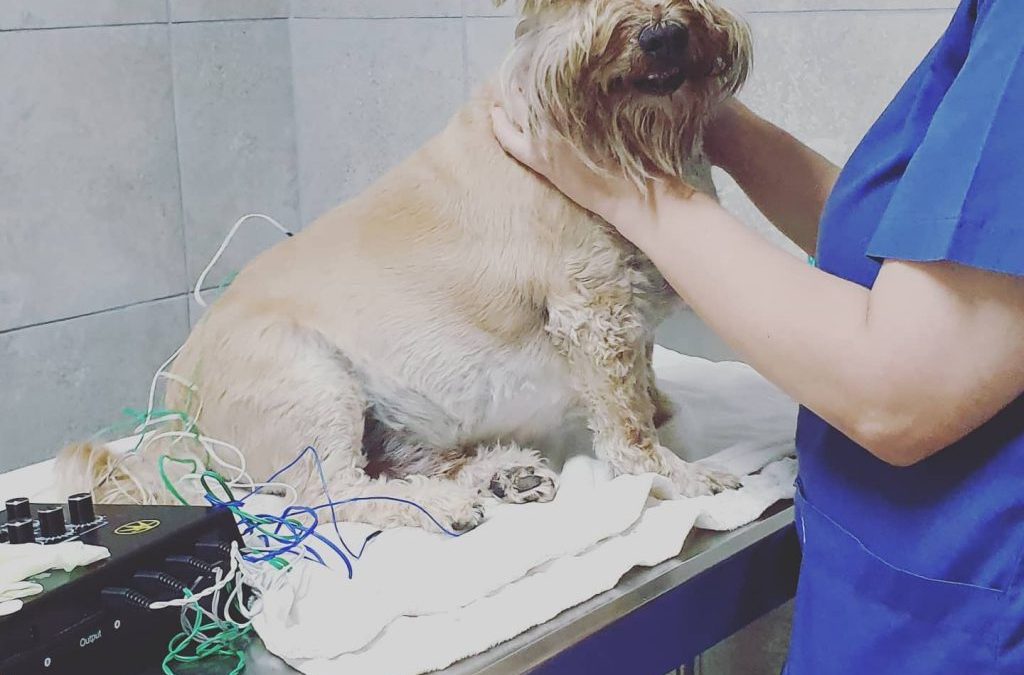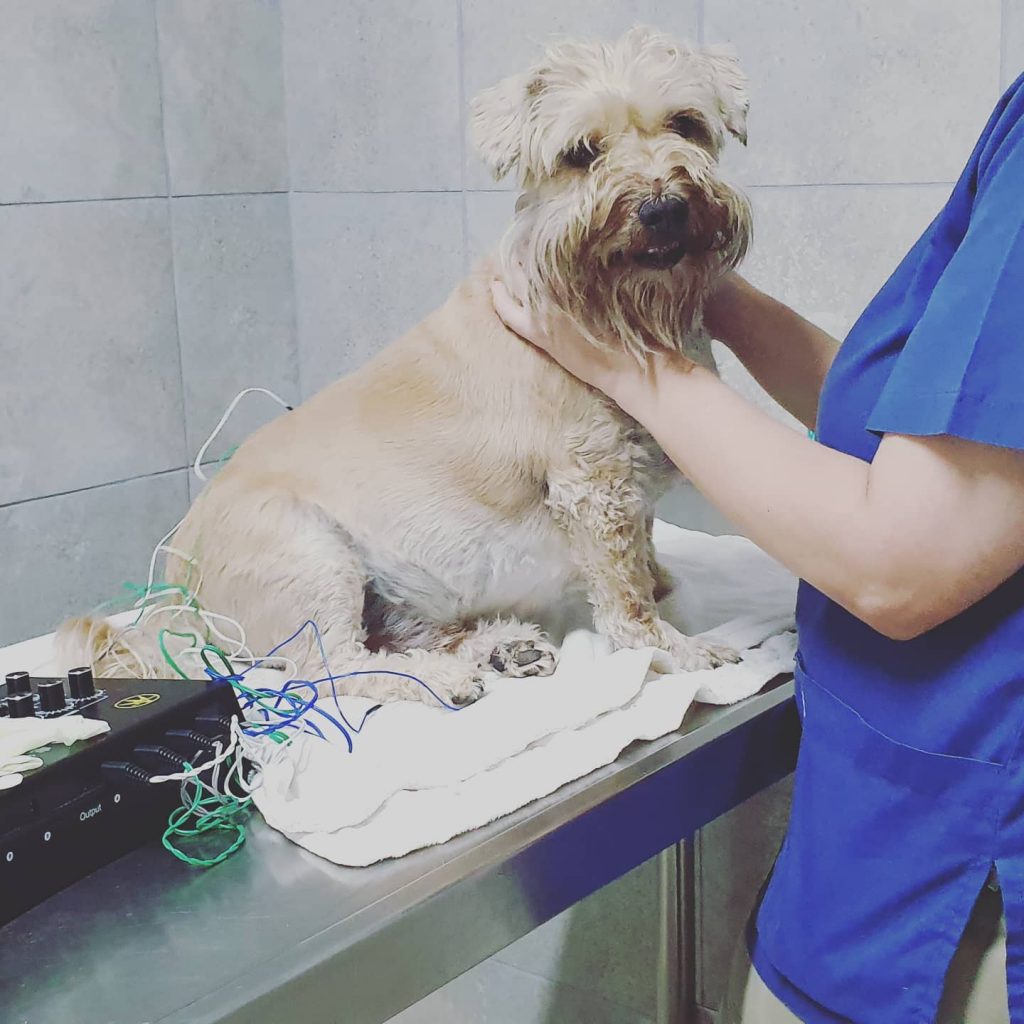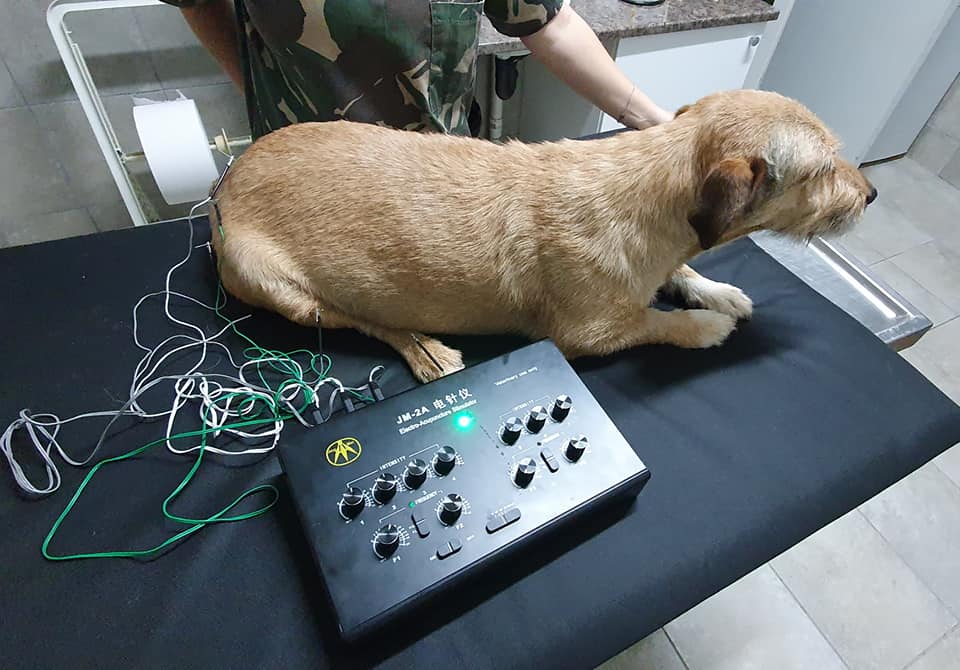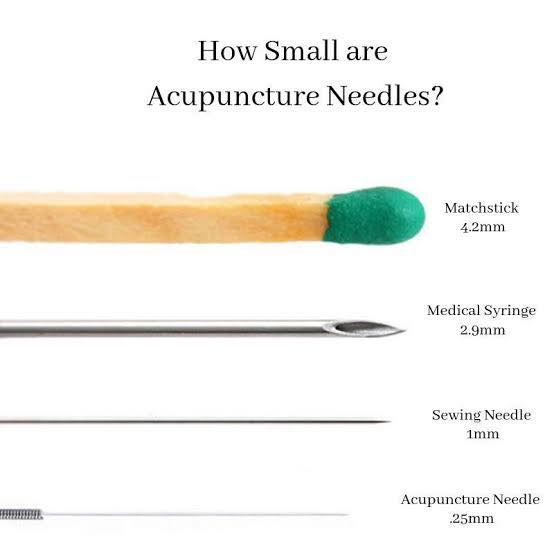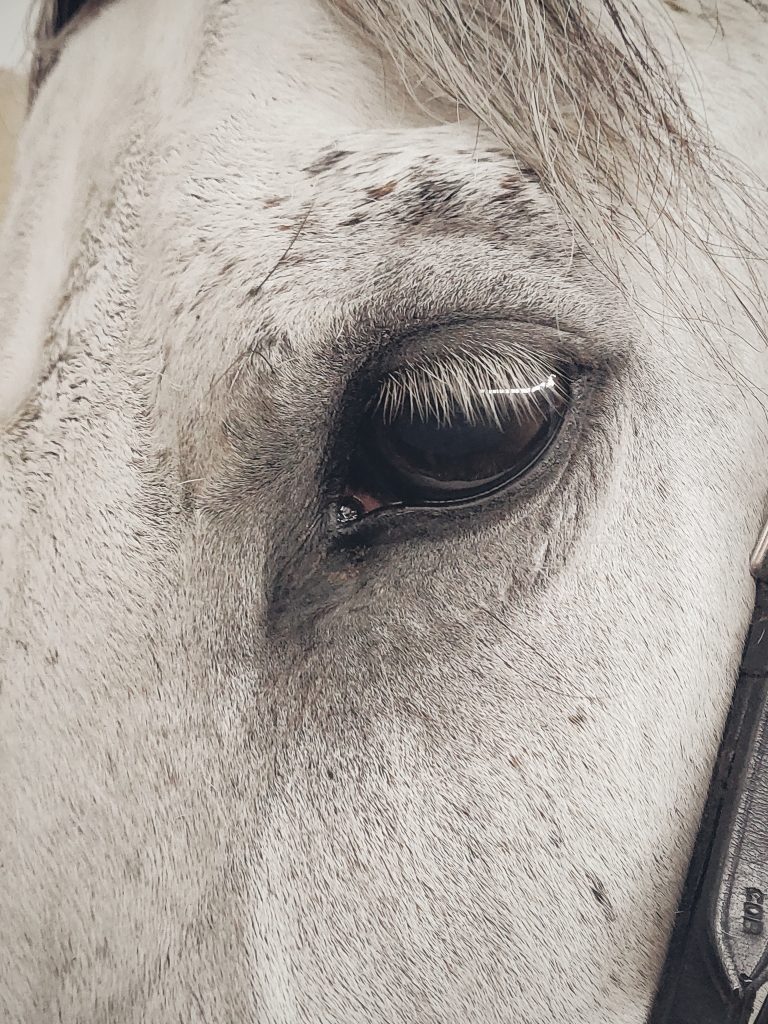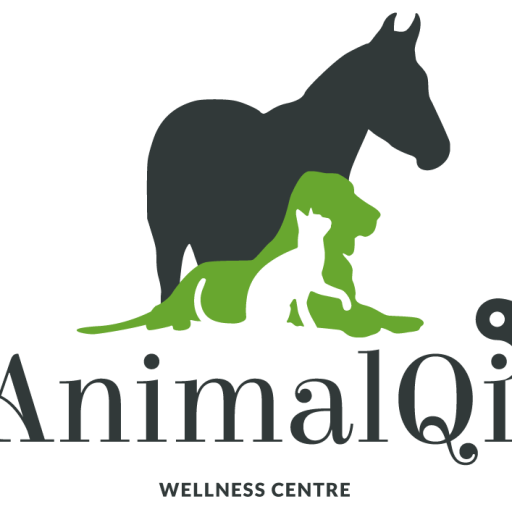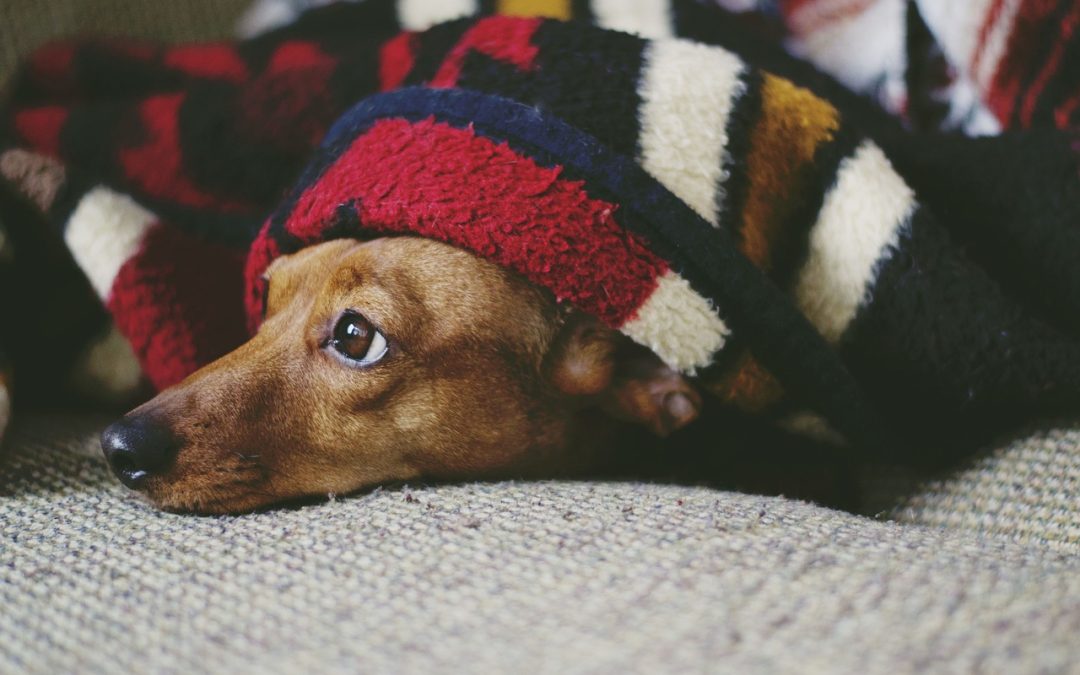
Beyond Surgery and Euthanasia: Hope for Dachshunds with IVDD
Beyond Surgery and Euthanasia: Hope for Dachshunds with IVDD
Intervertebral Disc Disease (IVDD), also known as disc prolapse, can be a frightening diagnosis for any dog owner, especially for those with long-bodied breeds like dachshunds. Paralysis is a potential complication, leading many to believe surgery or euthanasia are the only options. Thankfully, there’s more to the story!

Traditional Treatments:
Surgery is a life-saving option for severe IVDD cases, but it’s not always necessary and may have dire complications. Medication can manage pain and inflammation, while crate rest allows the disc to heal.
Emerging Options: Acupuncture and Physiotherapy
Recent research (Veterinary Neurologic Rehabilitation: The Rationale for a Comprehensive Approach, Laren R et al) suggests acupuncture and physiotherapy can be powerful allies in an IVDD treatment plan.
Here’s how they can help your furry friend.
Acupuncture: This traditional Chinese medicine technique involves inserting thin needles at specific points on the body. Studies have shown it can reduce pain: Acupuncture helps manage pain in dogs with IVDD, potentially reducing reliance on medication. Improve recovery (“Retrospective study of acupuncture treatment for canine thoracolumbar intervertebral disc herniation.”Qianju, J. One Health Advances 1.1 (2023) indicates acupuncture may accelerate recovery time in dogs with IVDD compared to those receiving only medication.
Physiotherapy: A customized exercise program designed by a certified veterinary physiotherapist can maintain muscle strength and improve mobility
Combining Traditional and Emerging Therapies:
Acupuncture and physiotherapy can be used alongside traditional treatments to create a holistic approach. This comprehensive plan may offer several benefits:
- Reduced need for medication: Acupuncture’s pain-relieving effects may decrease reliance on pain medication.
- Improved quality of life: Even if full recovery isn’t possible, acupuncture and physiotherapy can help your dog maintain strength and mobility, leading to a better quality of life.
- Faster recovery: Studies suggest acupuncture and physiotherapy may speed up recovery time.

Consulting with a Veterinarian:
If your dachshund is diagnosed with IVDD, discuss all treatment options with your veterinarian. They can create a personalized plan that considers your dog’s specific needs and your comfort level. Remember, early intervention is crucial for the best outcome.
Hope Beyond Surgery:
IVDD can be a challenging diagnosis, but with proper treatment, many dachshunds can live happy, fulfilling lives. Explore all your options, and don’t hesitate to discuss acupuncture and physiotherapy with your veterinarian as it is seen as the most effective treatment in IVDD (THE MOST EFFECTIVE TREATMENT FOR CANINE INTERVERTEBRAL DISC DISEASE.
Kruisland, G. Diss. Florida Atlantic University, 2020).
There is hope beyond surgery and euthanasia!
Book an APPOINTMENT today!
Please email us at [email protected]
Our experienced team of veterinarians is here to help your pet feel their best.
(Diagnoses and treatment advice will not be given on email of WhatsApp)
